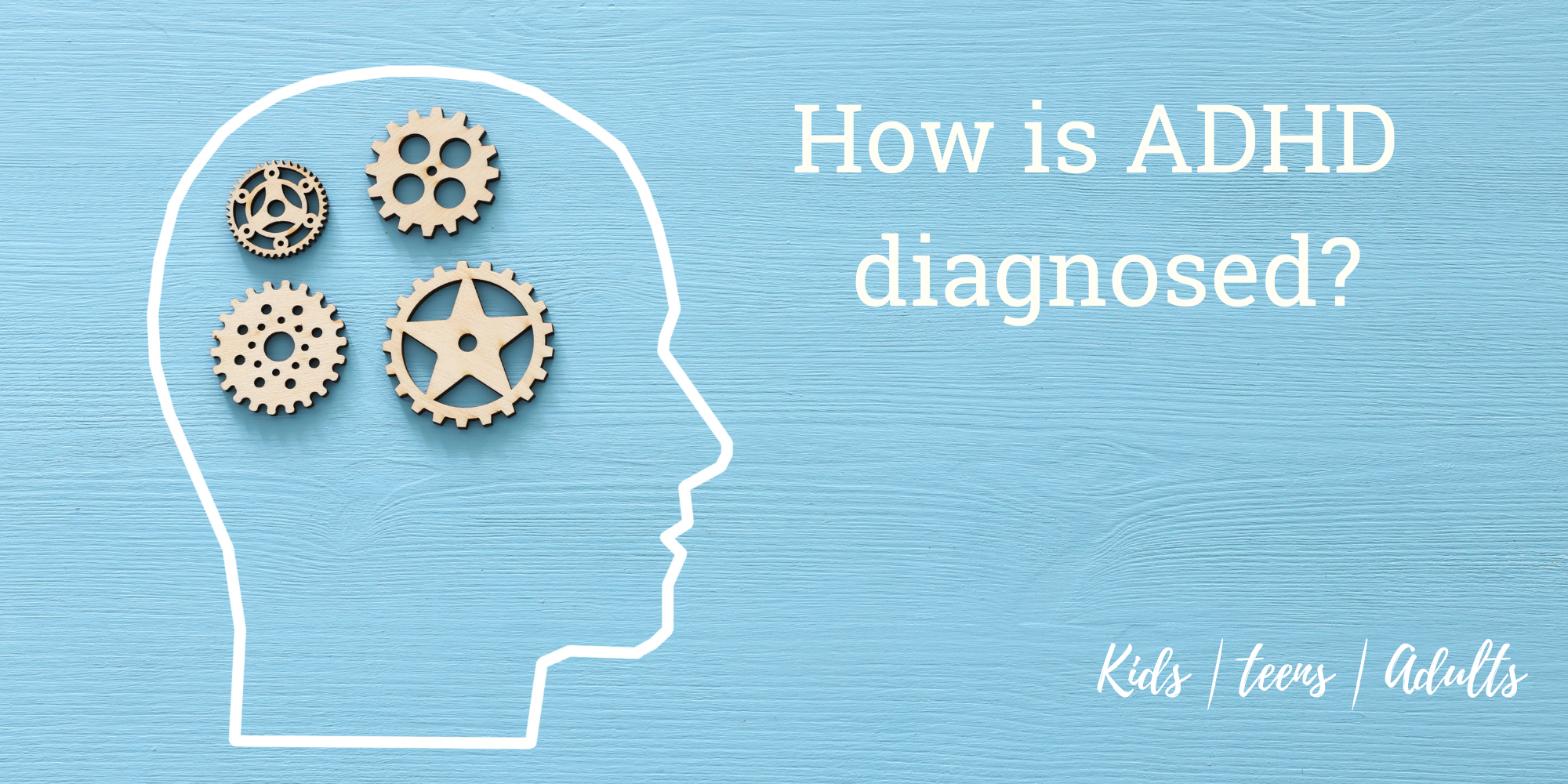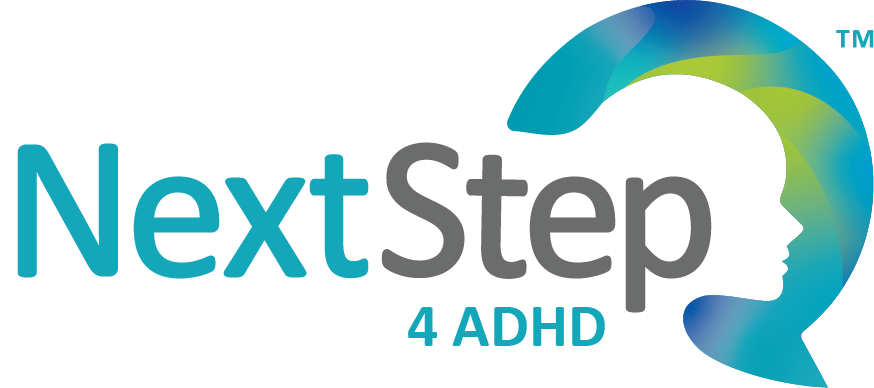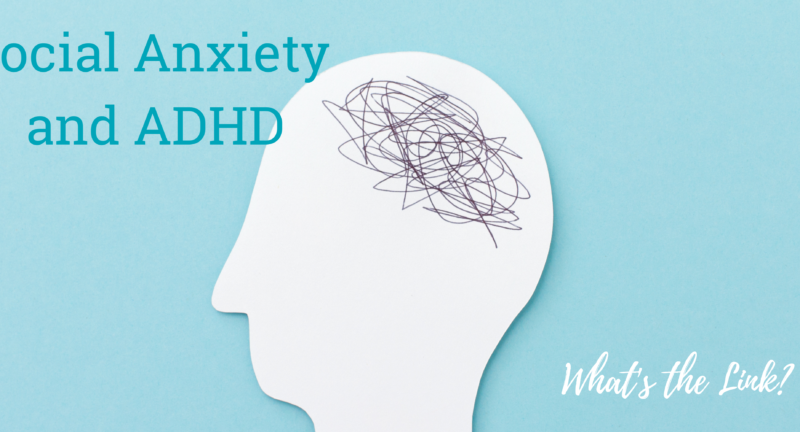
How Is ADHD Diagnosed?
If you or your child is struggling with inattention, lack of focus, or hyperactivity, how do you know if your symptoms are related to ADHD? There are many conditions that can mirror the symptoms of ADHD so that’s why an accurate diagnosis is key to helping you regain control over your life. But how is ADHD diagnosed?
At Next Step 4 ADHD, our expert team of multidisciplinary providers excels at diagnosing and treating ADHD in children, teens, and adults.
Below, we share more about the diagnosis process and how ADHD is diagnosed.
Diagnosing ADHD

There isn’t a lab test or blood test that diagnoses ADHD. Instead, mental healthcare providers rely on the guidelines for diagnosing ADHD outlined in the Diagnostic and Statistical Manual (DSM-5). The DSM is the standard used by the American Psychiatric Association.
Healthcare providers use the guidelines in the American Psychiatric Association’s Diagnostic and Statistical Manual, Fifth edition (DSM-5) to help diagnose ADHD.
What is the DSM-5 Criteria for Diagnosing ADHD?
Adults and children who have ADHD demonstrate a persistent pattern of inattention and/or hyperactivity–impulsivity. These symptoms typically interfere with daily functioning (at home, work, or school) as well as development:
Below is the DSM criteria for being diagnosed with ADHD:
- Inattention: Six or more symptoms of inattention for children up to age 16 years, or five or more for adolescents age 17 years and older and adults; symptoms of inattention have been present for at least 6 months, and they are inappropriate for developmental level:
- Often fails to give close attention to details or makes careless mistakes in schoolwork, at work, or with other activities.
- Often has trouble holding attention on tasks
- Often does not seem to listen when spoken to directly.
- Often does not follow through on instructions and fails to finish schoolwork, chores, or duties in the workplace
- Often has trouble organizing tasks and activities.
- Often avoids, dislikes, or is reluctant to do tasks that require mental effort over a long period of time (such as schoolwork or homework).
- Often loses things necessary for tasks and activities (e.g. school materials, pencils, books, tools, wallets, keys, paperwork, eyeglasses, mobile telephones).
- Is often easily distracted
- Is often forgetful in daily activities.
- Hyperactivity and Impulsivity: Six or more symptoms of hyperactivity-impulsivity for children up to age 16 years, or five or more for adolescents age 17 years and older and adults; symptoms of hyperactivity-impulsivity have been present for at least 6 months to an extent that is disruptive and inappropriate for the person’s developmental level:
- Often fidgets with or taps hands or feet, or squirms in seat.
- Often leaves seat in situations when remaining seated is expected.
- Often runs about or climbs in situations where it is not appropriate (adolescents or adults may be limited to feeling restless).
- Often unable to play or take part in leisure activities quietly.
- Is often “on the go” acting as if “driven by a motor”.
- Often talks excessively.
- Often blurts out an answer before a question has been completed.
- Often has trouble waiting their turn.
- Often interrupts or intrudes on others (e.g., butts into conversations or games)
In addition to demonstrating the above-listed symptoms, the following conditions must be met:
- Several inattentive or hyperactive-impulsive symptoms were present before age 12 years. (Even if you weren’t diagnosed as a child, you might recall experiences or examples of this e.g., never sitting still in school, etc.)
- Several symptoms are present in two or more settings, (such as at home, school or work; with friends or relatives; in other activities).
- There is clear evidence that the symptoms interfere with, or reduce the quality of, social, school, or work functioning.
- The symptoms are not better explained by another mental disorder (such as a mood disorder, anxiety disorder, dissociative disorder, or a personality disorder). The symptoms do not happen only during the course of schizophrenia or another psychotic disorder.
Based on the types of symptoms, three kinds (presentations) of ADHD can occur:
- Combined Presentation: if enough symptoms of both criteria inattention and hyperactivity-impulsivity were present for the past 6 months
- Predominantly Inattentive Presentation: if enough symptoms of inattention, but not hyperactivity-impulsivity, were present for the past six months
- Predominantly Hyperactive-Impulsive Presentation: if enough symptoms of hyperactivity-impulsivity, but not inattention, were present for the past six months.
What to Do If You Think You or Your Child Has ADHD?
It can be overwhelming to try and determine the source of your struggles, but you’re never on this journey alone. If untreated ADHD is holding you back, we can help.
ADHD is treatable, and with the right treatment, you can reclaim control over your life. ADHD treatment includes medication, lifestyle changes, coaching (group, individual, and parenting coaching), and therapy — all of which is available here at Next Step.
If you have questions about ADHD or would like to explore your treatment options, give us a call at 502-907-5908. You can also request an appointment here.
Related Posts
Back-to-School Routines for Parents: Navigating the JCPS Bus System and Work Schedules
As the summer days wind down, it's time for parents and children to prepare for...
ADHD and Social Anxiety: Can They Occur Together?
If you have ADHD, you might wonder if some of your symptoms are related to other...


